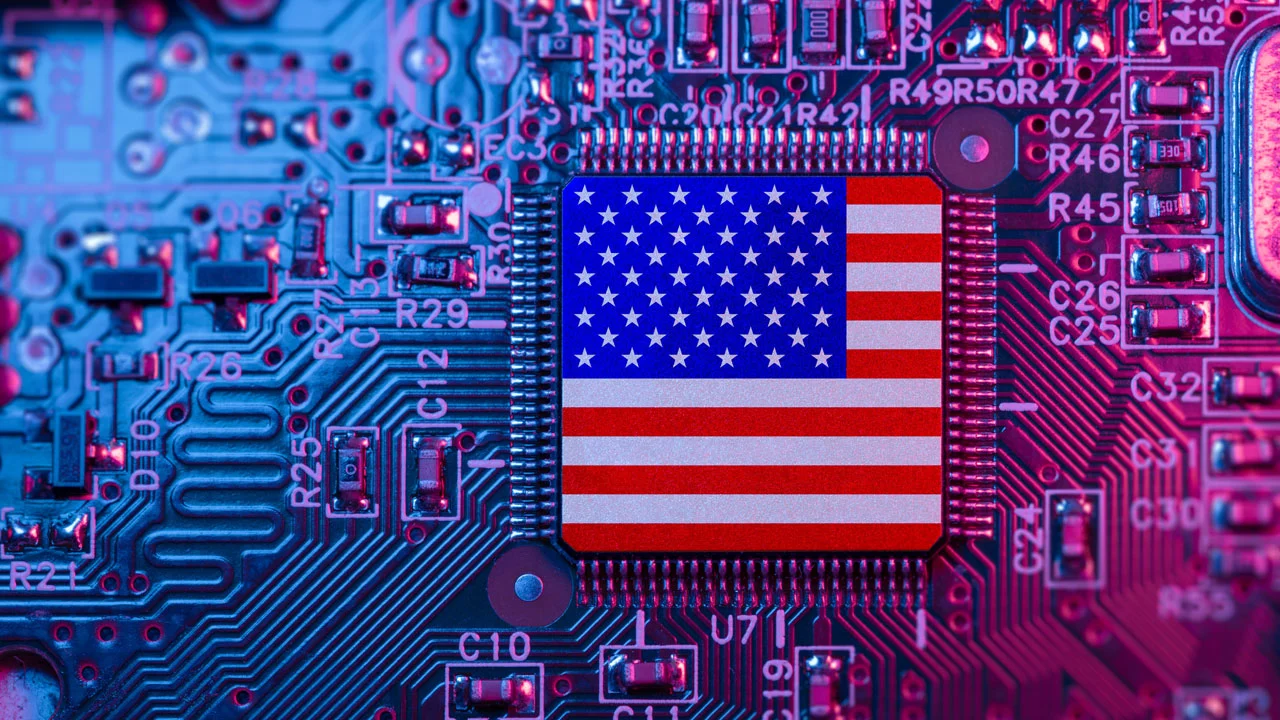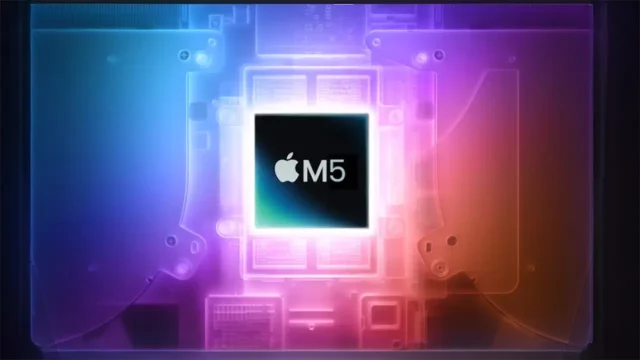US President Donald Trump announced that a 25% flat import tax will be imposed on all products originating in Japan and South Korea, effective August 1st. The decision was announced by President Trump in official letters to Japanese Prime Minister Ishiba Shigeru and South Korean President Lee Jae-myung. The measure covers all imports, regardless of existing sectoral tariffs.
US to Impose New Import Tax on Japan and South Korea
The Trump administration cites trade imbalances with Japan and South Korea and the protectionist policies implemented by these countries as the justification for the decision. The White House stated that both countries have long gained an unfair competitive advantage through regulatory barriers and trade restrictions.

While the tariffs apply to all sectors, their impact will be even more pronounced in high-technology. Japan and South Korea play a critical role in the global supply chain, particularly in the production of memory chips such as DRAM and 3D NAND. US-based companies such as Micron and Western Digital also produce a large portion of these chips in their facilities in Japan. Therefore, the tariffs will directly impact not only Asian manufacturers but also American companies.
Products imported from Japan to the US include chipmaking machines, microcontrollers, high-precision sensors, medical imaging systems, lithium-ion batteries, and optical devices. Companies such as Canon, Tokyo Electron, Renesas, and SanDisk are among the primary suppliers of these products. Consumer electronics giants such as Sony and Nintendo will also be directly affected by the new tariff.
On the South Korean side, the biggest impact will be on DRAM and NAND chips shipped to the US by Samsung and SK hynix. These components are used in consumer electronics, laptops, data centers, and artificial intelligence servers. Products originating from South Korea also include OLED and LCD displays, smartphones, televisions, and electric vehicle batteries.
The increase in import costs resulting from this decision will not only impact the economies of Japan and South Korea, but also US technology manufacturers directly linked to these countries, and indirectly, global consumers. It is expected that even companies producing in the US will come under cost pressure due to the Asian components they use in their production inputs.













